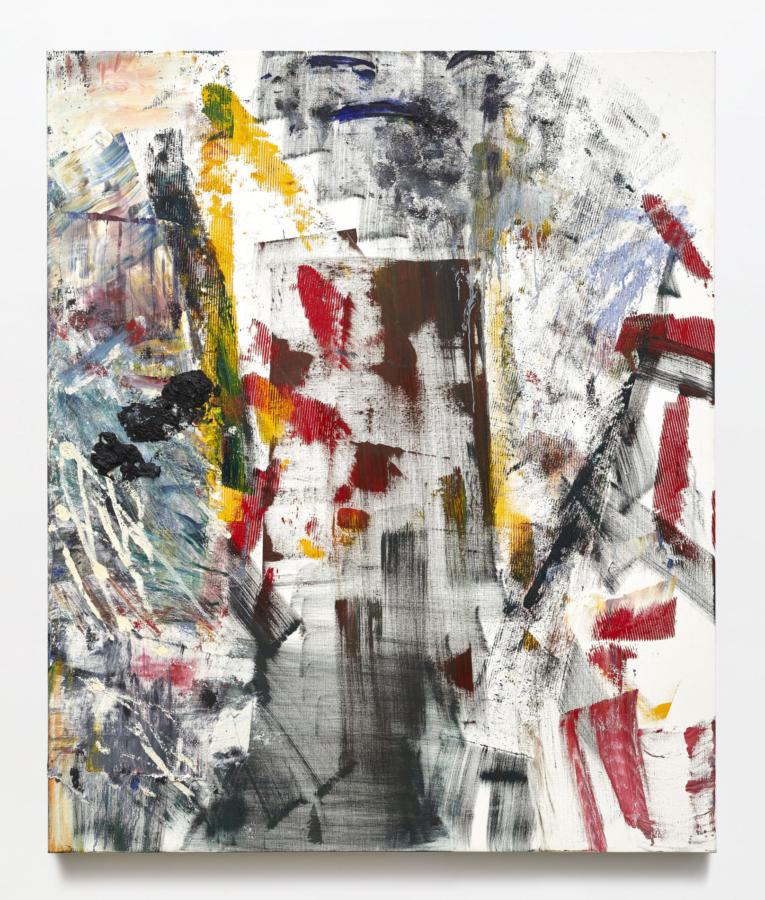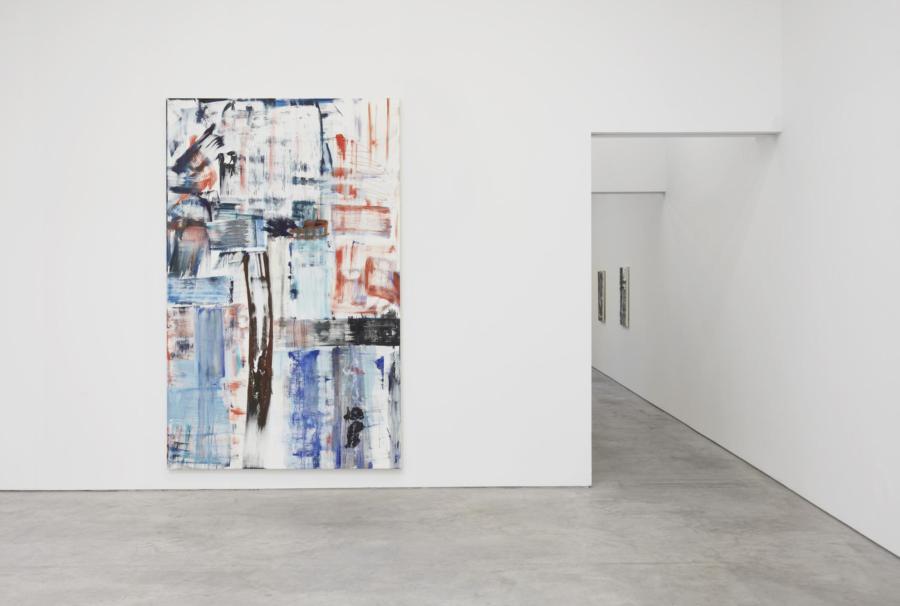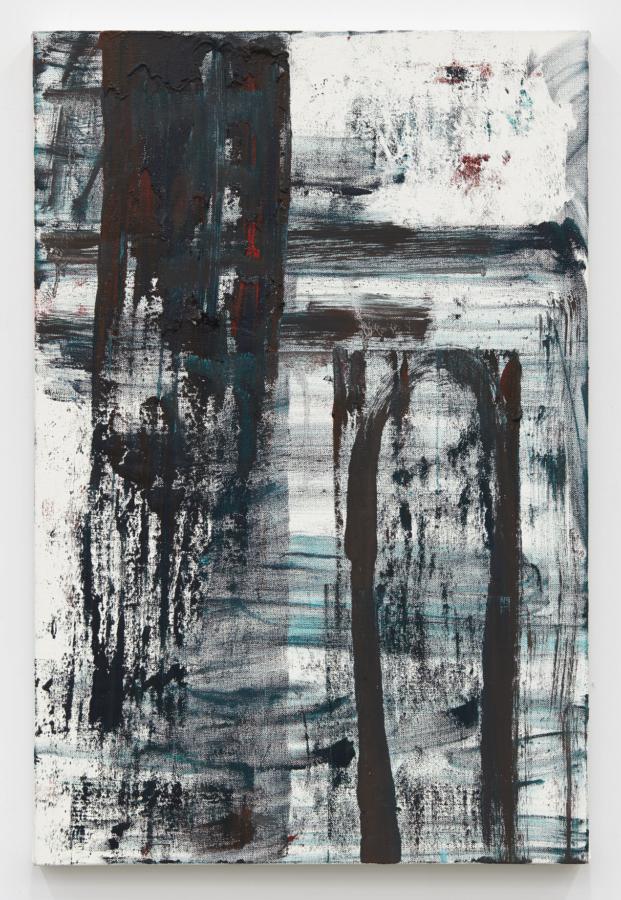December 10, 2020
Download as PDF
View on Henri Art Magazine

Choral Fantasy, 2018, oil on linen, 66 × 55 inches; 167.64 × 139.7 cm
For many years painters like Amy Sillman, Sue Williams, Jackie Saccoccio, and in this show at Karma, Louise Fishman, have been questioning the expectations and boundaries of an exhausted Abstract Expressionism. What’s surprising about this is that these painters have found that AbEx has something more to say. That these works may be a little more circumspect, a little less bellicose than original AbEx, takes nothing away from the way these painters have found new pathways to beauty, power and depth in the style.
By the 1970s AbEx was being critiqued through the thick black curtain of Postmodernist irony. And most of that kind of painting used self-referential commentaries to create a kind of Meta-Painting – painting about painting. But today – there is something else at work below the surface of AbEx painting. Gone is the arms-length discussion of the past. Artists want to have a more direct experience of this out-dated genre – to have skin in the game – so to speak. These Neo-AbEx paintings reach out into the wider world – to speak to us of personal things and direct experiences.

Clear, Unruffled and Calm, 2019, oil on linen, 40 × 40 inches; 101.6 × 101.6 cm
Ok – you may make the claim that we’re nostalgic for grandeur or gravitas, or a familiar beauty for that matter, and you may be right. But more likely – we are experiencing a reset moment – a moment when we look at those strengths in the style as building blocks rather than impediments to great painting. Artists are pushing against the fin de siècle and ignoring the expected POMO critiques in order to squeeze out those last drops of beauty and hope promised by the possibilities inherent in AbEx painting. How can we use this form, see and experience this form – Now? Today?

“The artist utilizes the robust gestures of Abstract Expressionism not in spite of its masculine roots, but, in part, because of them. Through paintings such as Mondrian’s Grave, Fishman subverts what Helen Molesworth has called the “field of gendered language” that has often been used to historicize abstraction. Splatters, sfumato, impasto, and scratches—Fishman’s canvases are troweled, scraped, and peeled, exuding a forceful physicality.”

Mantra, 2020, oil on linen, 36 × 24 inches; 91.44 × 60.96 cm
In Louise Fishman’s show of drawings and paintings at Karma’s two locations – we experience something ineffable. We are moved out of the Pandemic and into a different place and time – familiar and yet changed – an alternate reality – something slightly unsettling. There’s really nothing new going on in the work – no new technique or application or critique, and the processes of mark-making are familiar and comforting. Yet, there’s something here that’s direct and real – something we don’t see or feel very often in the ice cold critiques of much recent painting. The grounds are open and alive, the brushed color creates Modernist geometries, and the meaning behind these processes begins to emerge as we untangle and interpret the varied surfaces. Some of these strokes are wet, sliding through shallow space – many are dry, tripping over and breaking across the weave of the canvas. Some are turned back and away as they clash into other processes, and others smear through the sludges of sticky paint or gooey patterned transfers. Your eye is always moving – sometimes slow, sometimes fast – held back by clotted material barriers and then freed to move lightly across the open surfaces. We follow the wake of the brushes and the morphing colors as they define structure and form, rhythm, pace, repetition and rest. This is classic mid-century American formalism at its best though it’s been stripped of its clumsy peevishness.
This is not Classic work, it’s too late for that. This is work that believes in that Classicism and it’s power to transcend and confront this moment in time. These paintings are full of faith and beauty. They have an earned elegance, a depth of experience and a kind of lived-in grace. And they feel strong and right at this particular moment in the early 21st Century.



